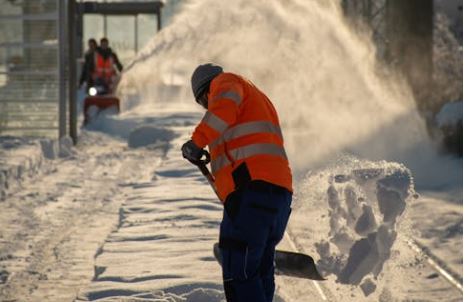EV charging: Six fire safety solutions for builders merchants

Ian Dunsford
July 11, 2025
3
min read
As growing numbers of drivers opt for electric cars, the RAC estimates there are now 1.4 million zero-emission Battery Electric Vehicles and around 777,000 plug-in hybrids on the UK’s roads. For builders merchants, the shift to sustainable transport brings a growing need to provide a robust, reliable EV charging infrastructure for staff, delivery drivers, and customers.
While this transition supports the industry’s move towards lower carbon emissions, it also introduces new compliance challenges and responsibilities – particularly in the area of fire safety.
Although EV fires occur less frequently than in gas or diesel cars, they can be harder to extinguish with standard onsite equipment. The lithium-ion batteries commonly found in EVs can enter a condition known as thermal runaway, which results in intense, hard-to-control fires that potentially reignite hours or even days later. When situated near retail spaces, stock, or flammable materials, these blazes can escalate rapidly and pose serious risks to life, property, and ongoing operations.
To protect your people and premises, we’ve outlined six critical considerations for safe EV charging on your site.
A comprehensive fire safety risk assessment
Every merchant site should carry out a formal fire risk assessment in accordance with the Regulatory Reform (Fire Safety) Order 2005. This assessment must specifically consider the introduction of EV charging and be reviewed regularly. Risk assessments should account for fire spread, smoke hazards, access for emergency services, and potential impacts on staff, customers, and property.
The right location and future-ready infrastructure
EV charging points are safest outside, positioned well away from key structures, flammable stock, fuel storage, and escape routes. If you must install internal charging options, aim to house them in a purpose-built, detached structure. For growing businesses, expansion plans should encompass EV safety, allowing for ample spacing between vehicles and unrestricted access for emergency services.
Safety planning – from installation to routine maintenance
Chargers must be installed and certified by qualified professionals, in line with BS 7671 (IET Wiring Regulations) and manufacturer’s instructions. Once live, implement a regular maintenance schedule to guarantee equipment is regularly inspected, tested, and kept in good working order. Remove damaged or broken units immediately, marking them as faulty and responsibly disposing of them.
Management, supervision, and accountability
Assign clear responsibility for EV charging infrastructure to a nominated health and safety or facilities manager. Their remit should include keeping documentation current, including a log of inspections, cleaning, and user reports. Use signage and markings to indicate charger locations, safety zones, and emergency contacts – but don’t rely on visuals alone. Ensure staff are trained on safe charging practices and incident reporting procedures.
Fire prevention and protection
In addition to long-burning flames, EV battery fires can produce significant amounts of toxic smoke and fumes – so shape your fire safety programmes accordingly. For indoor equipment, establish proper ventilation and evacuation procedures, and speak to your health and safety partner about other site-specific measures. These might include sprinklers, fire detection systems, fire hoses, and extinguishers suitable for electrical fires.
An organised, EV-safe site
Loose pallets, packaging, and other yard debris can add fuel to already fast-spreading EV fires. Insist on meticulous housekeeping in your charging zones, keeping them tidy, well-lit, and monitored by CCTV where appropriate. To reduce your odds of a fire-related incident, avoid charging near hazardous substance storage or areas that are prone to high foot traffic.
Prepare for the future with Opus
Integrating EV charging into your builders merchant is a vital step towards a greener tomorrow. But with progress comes pressing safety and maintenance responsibilities.
A proactive approach is essential – spanning equipment checks, fire protection, and responsible site management. Collaborating with your health and safety consultant can help build a future-ready infrastructure that actively minimises risk.
To confidently tackle evolving health and safety challenges, talk to our experienced team on 0330 043 4015 or email hello@opus-safety.co.uk.

Ian Dunsford
July 11, 2025
3
min read







